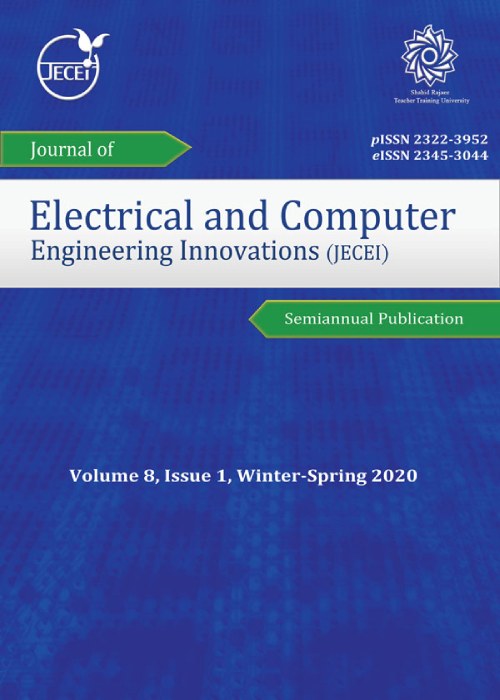An Energy Efficient Fault Tolerance Technique Based on Load Balancing Algorithm for High-Performance Computing in Cloud Computing
Cloud Computing has brought a new dimension to the IT world. The technology of cloud computing allows employing a large number of Virtual Machines to run intensive applications. Each failure in running applications fails system operations. To solve the problem, it is required to restart the systems.
In this paper, to predict and avoid failure in HPC systems, a method of fault tolerance to High-Performance Computing systems (HPC) in the cloud is called Daemon-COA-MMT (DCM), has been proposed. In the proposed method, the Daemon Fault Tolerance technique has been enhanced, and COA-MMT has been utilized for load balancing. The method consists of four modules, which are used to determine the host state. When the system is in the alarm state, the current host may face failure. Then the most optimal host for migration is selected, and process-level migration is performed. The method causes decreased migration overheads, decreased system performance speed, optimal use of underutilized hosts instead of leasing new hosts, appropriate load balancing, equal use of hardware resources by all hosts, focusing on QoS and SLA, and the significant decrease of energy consumption.
The simulation results revealed that in terms of parameters, the proposed method declines average job makespan, average response time, and average task execution cost by 18.06%, 35.68%, and 24.6%, respectively. The proposed fault tolerance algorithm has improved energy consumption by 30% and decreased the HPC systems' failure rate.
In this study, the Daemon Fault Tolerance technique has been enhanced, and COA-MMT has been utilized for load balancing in high performance computing in the cloud computing.The author(s). This is an open access article distributed under the terms of the Creative Commons Attribution (CC BY 4.0), which permits unrestricted use, distribution, and reproduction in any medium, as long as the original authors and source are cited. No permission is required from the authors or the publishers.
- حق عضویت دریافتی صرف حمایت از نشریات عضو و نگهداری، تکمیل و توسعه مگیران میشود.
- پرداخت حق اشتراک و دانلود مقالات اجازه بازنشر آن در سایر رسانههای چاپی و دیجیتال را به کاربر نمیدهد.


